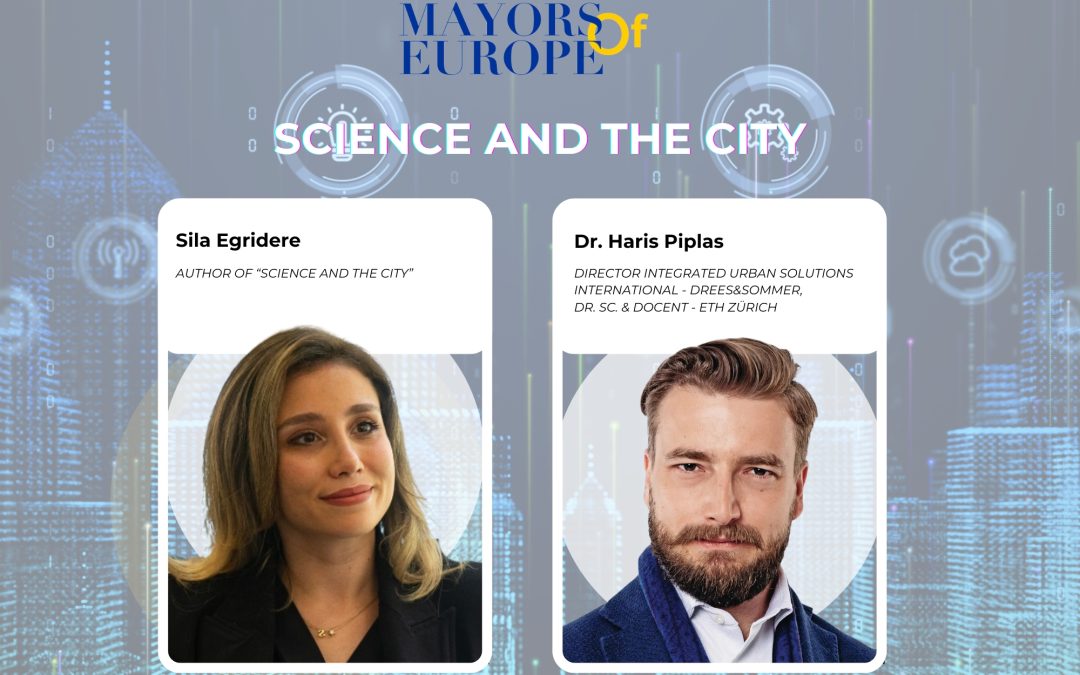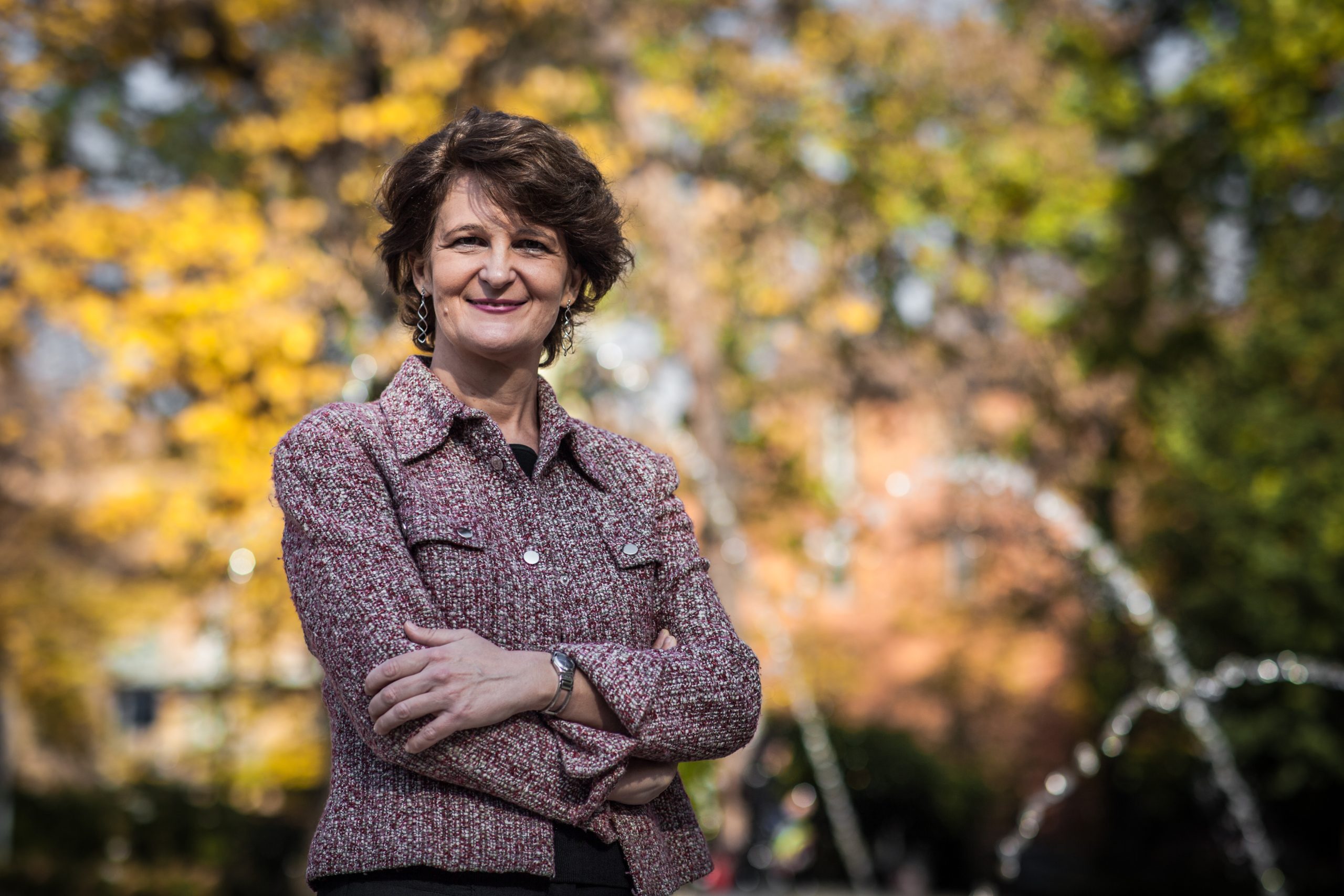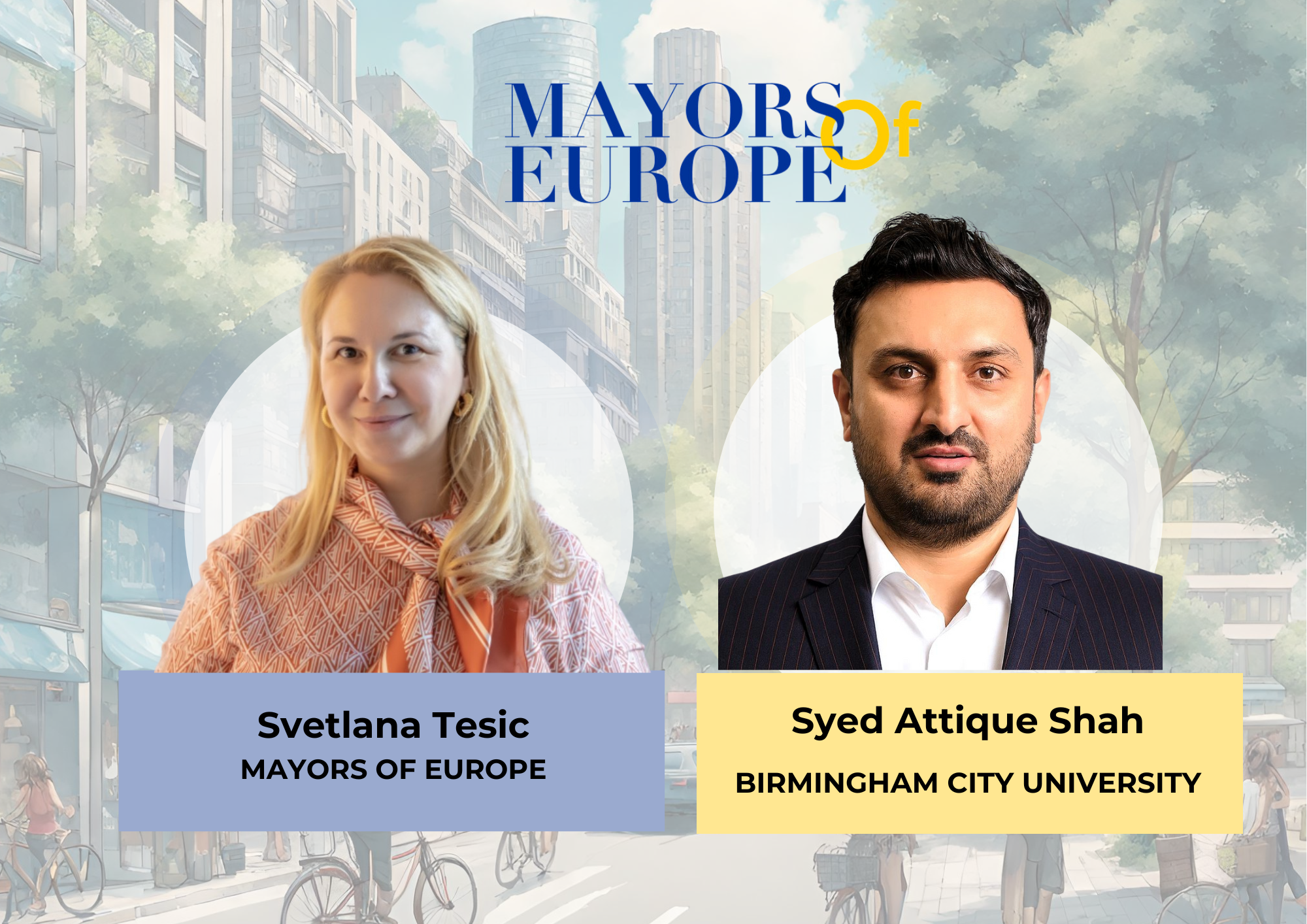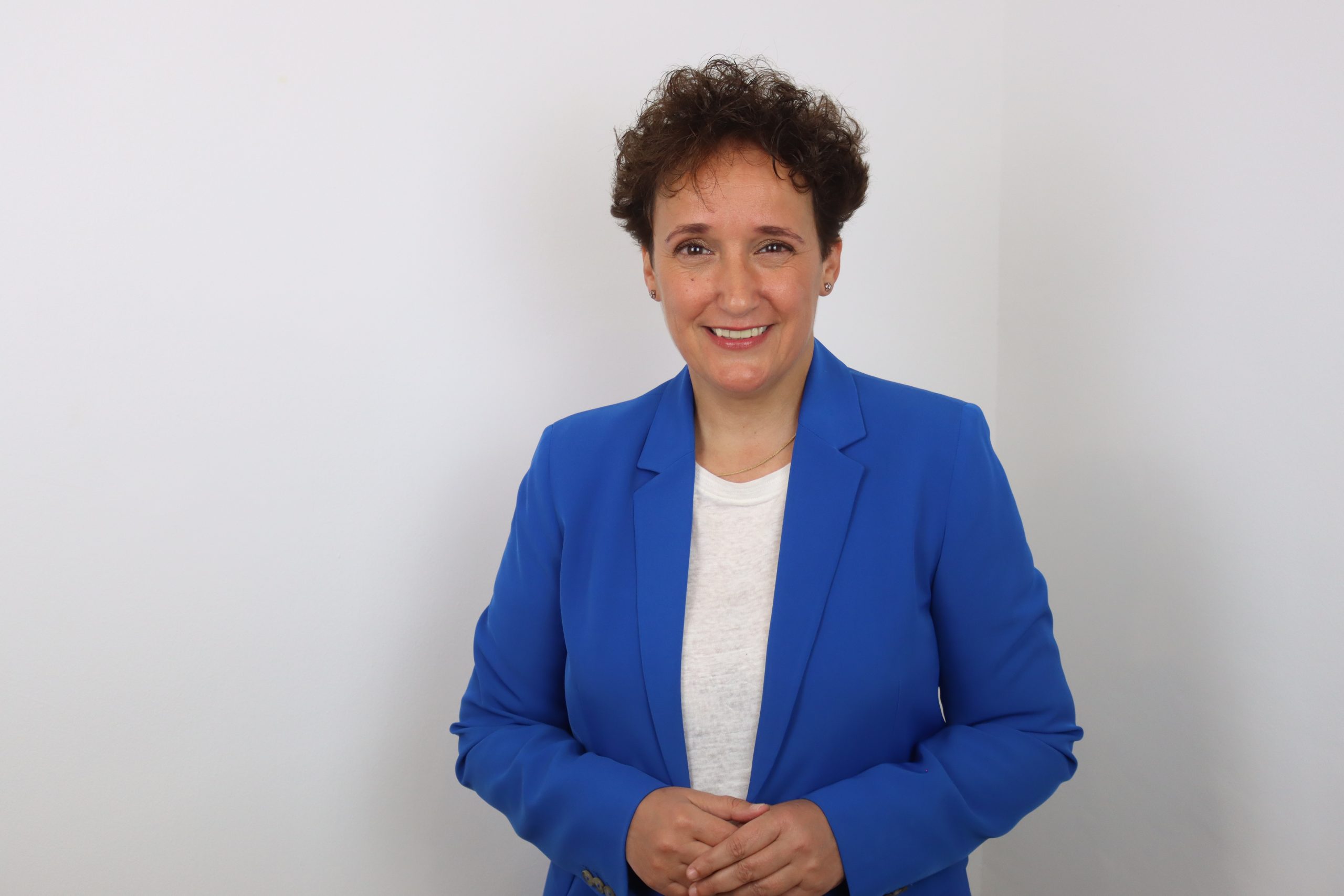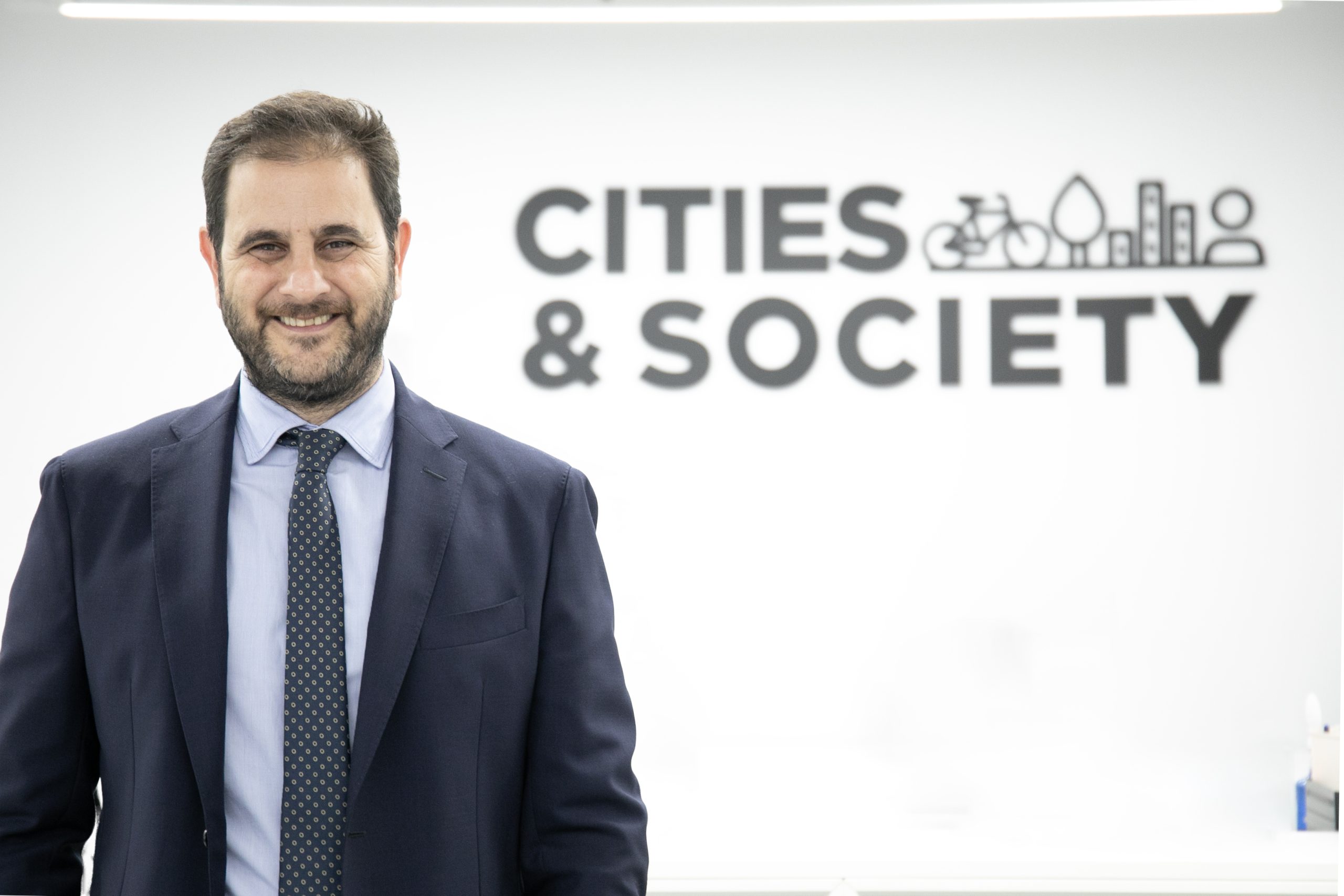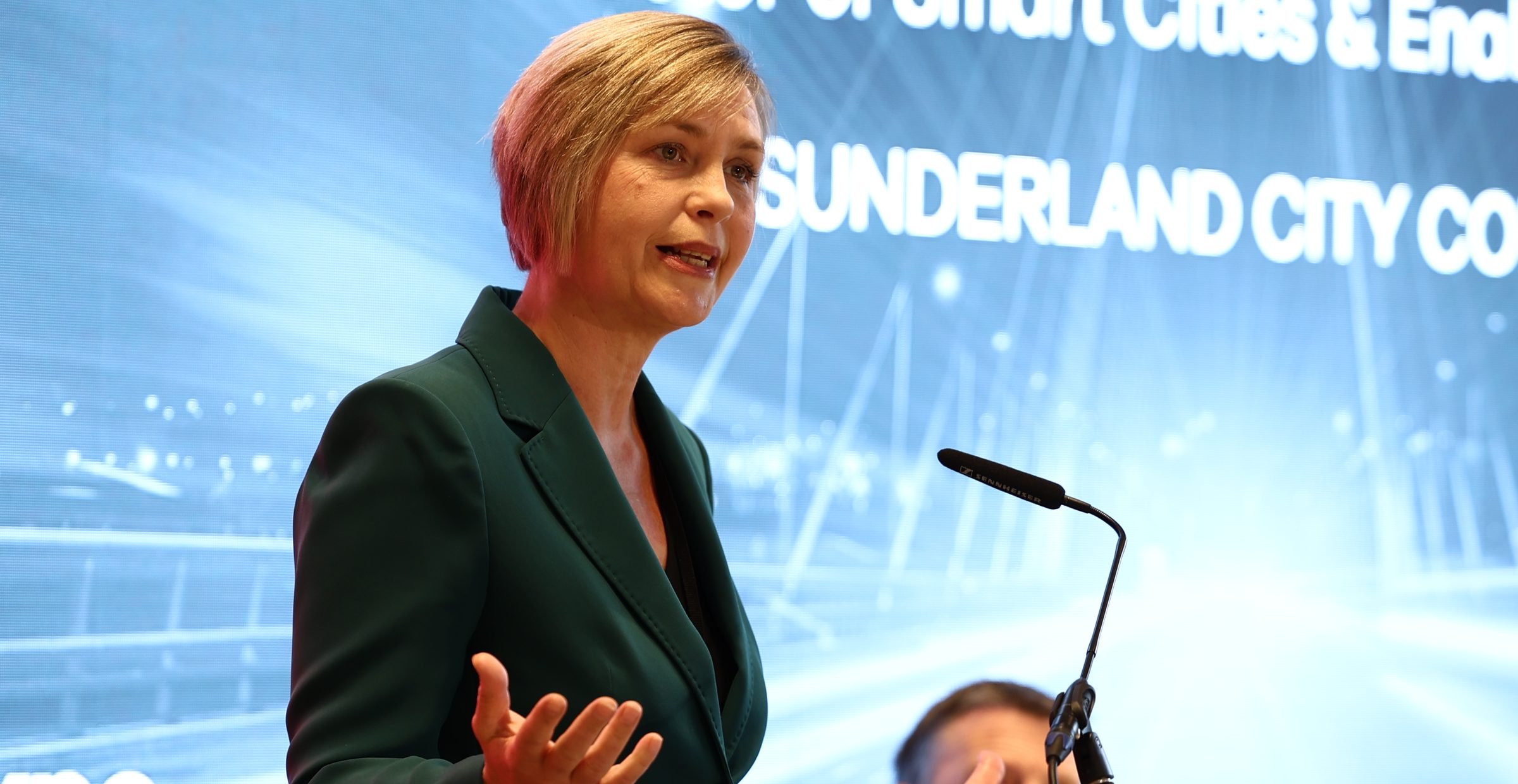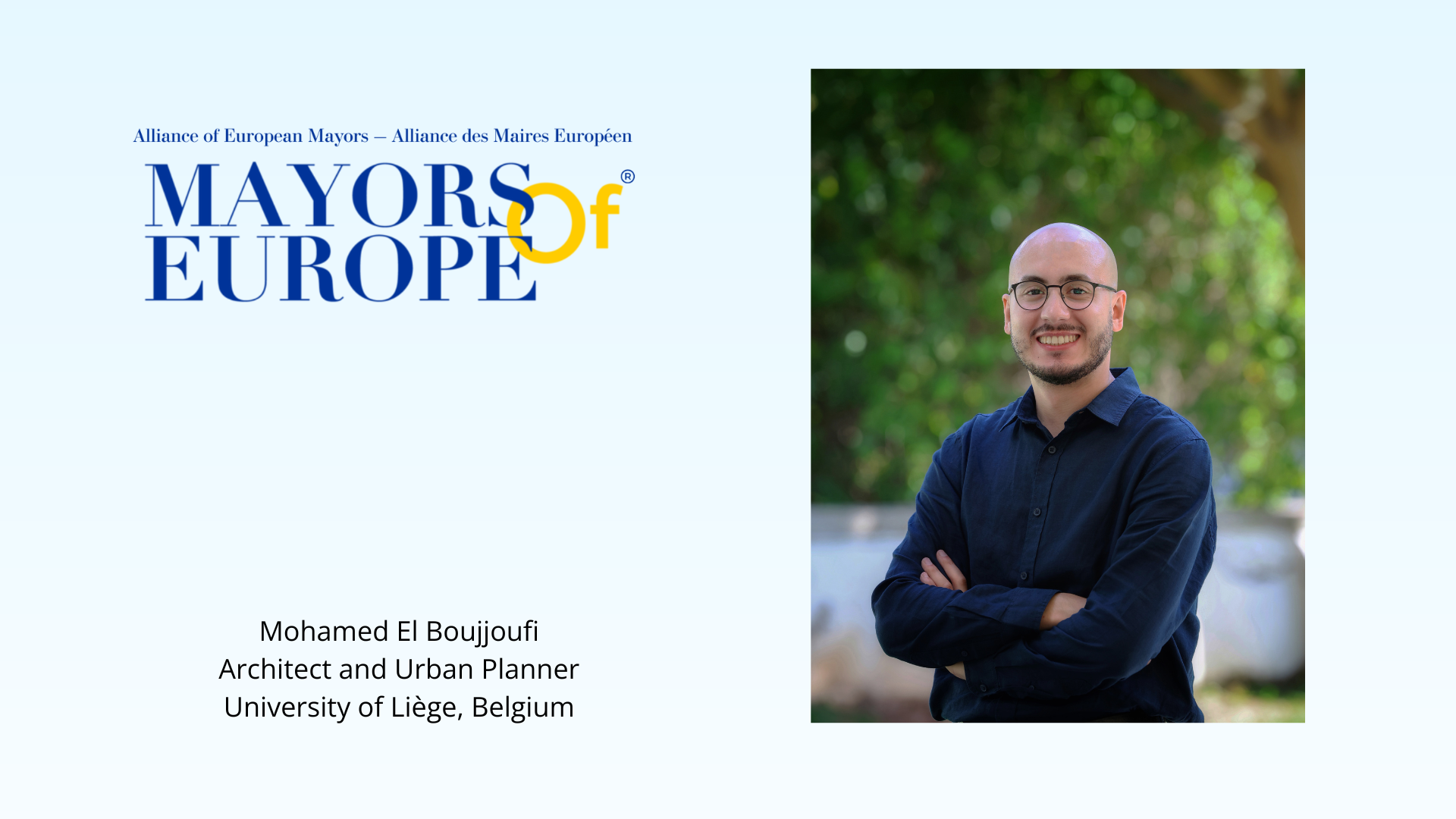Urban Healing Through Integration: The Work and Vision of Dr. Haris Piplas
It’s not every day that you get to speak with someone who seems to be shaping cities in all corners of the world, often at the same time. Dr. Haris Piplas was once my instructor, but even then, it was clear: he doesn’t just teach urban transformation, he embodies it. His work spans continents, and his role in international urbanism often resembles that of a bridge: connecting places, people, and ideas across vastly different contexts.
To me, Dr. Haris Piplas is one of the true stars of the smart city world. So I was incredibly honored to have this conversation on urban transformation, resilience, cultural complexity, and the future of planning itself.
From his “Integrated Urban Solutions” philosophy to his work in post-war Bosnia and Ukraine (a subject close to my heart through my involvement in the Ukrainaverse initiative), this interview explores how cities can not only rebuild but also heal—socially, ecologically, and systemically.
Dr. Haris Piplas integrates his professional expertise into teaching by merging real-world urban transformation projects with academic curricula at ETH Zurich and HFT Stuttgart as part of the Master of Advanced Studies in Spatial development and Master in Smart City Solutions adding to a series of several guest expert engagements that include Technical University of Munich, University of Geneva among others. Through design studios, living labs, and interactive lecture courses, he exposes students to evidence-based methodologies, participatory processes, and interdisciplinary collaboration. By leveraging his practical experience and research networks, he fosters experiential learning environments where students co-create solutions for complex urban challenges, bridging theory and practice in a globally relevant, future-oriented context.
The following article unpacks that conversation. Each paragraph draws on a key theme from our dialogue and offers reflections on terms and ideas, like “defragmentation,” “Baukultur,” or “multi-stakeholder co-creation”, that are often discussed but rarely put into practice with such clarity and integrity.
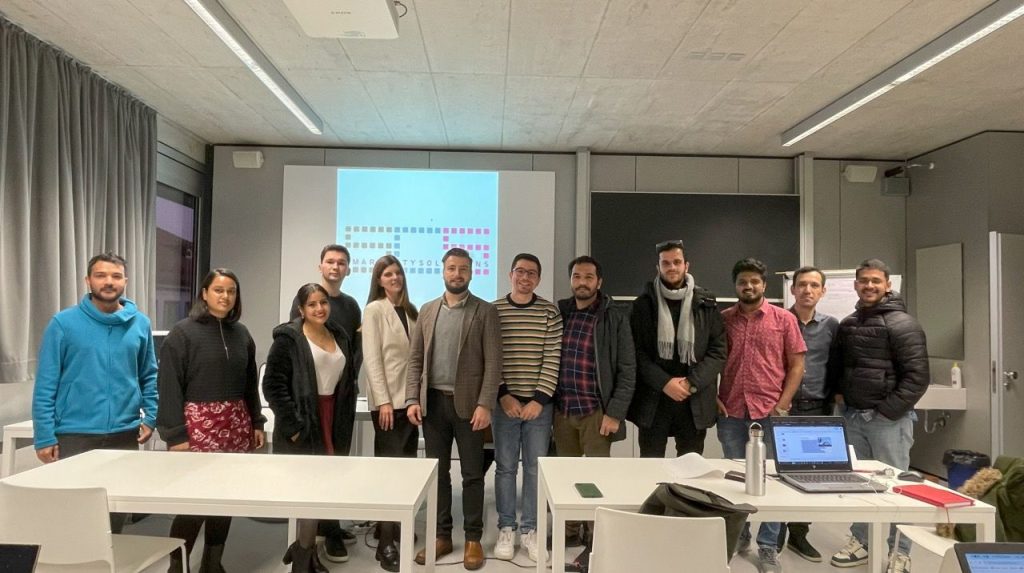
Seeing the City as a System
At the heart of Dr. Haris Piplas’ urban philosophy lies a deceptively simple insight: cities are complex systems, and must be treated as such. This means planning can no longer afford to be siloed. Spatial, economic, ecological, social, and even aesthetic dimensions must be addressed together, not in isolation. In an era when redensification and brownfield redevelopment are central to Europe’s urban future, Piplas emphasizes the need to work with what we already have: existing districts, aging infrastructures, and underutilized public space. By combining energy optimization, mobility upgrades, and spatial retrofitting, the “Integrated Urban Solutions“ approach, where he directs the International Department, becomes a roadmap for transforming what’s already there into something future-ready. Interdisciplinarity, in his view, is not just a method, it’s a necessity.
Defragmenting the Urban Fabric
Despite the complexity of urban life, cities are often planned in fragmented pieces, one department working on energy, another on mobility, yet another on green space or building retrofits. Dr. Haris Piplas sees this as one of the most pressing challenges in contemporary urbanism. His answer? Integration through collaboration. Within the Integrated Urban Solutions framework, cities are approached not as a patchwork of isolated systems but as dynamic, interdependent ecologies. By assembling multidisciplinary teams, composed of architects, mobility experts, energy planners, ecologists, and more, his projects aim to “defragment” the urban fabric. This co-creation process ensures that every intervention, whether in public space or infrastructure, contributes to a holistic and resilient outcome. Integration, here, becomes both a design principle and a governance strategy.
Context Is the Canvas
For Dr. Haris Piplas, every city speaks its own language, and listening is the first step in designing meaningful urban solutions. In global projects spanning Zurich to Jakarta, his teams begin with an immersive deep dive into the local context, mapping everything from native plant species and water streams to social hierarchies and economic dynamics. The approach is both scientific and human-centered: it combines satellite imagery and data analytics with in-situ visits, interviews, and community mapping. This meticulous layering of ecological, social, and market analyses ensures that proposed interventions are not only technically sound but also locally resonant. Projects like Smartilience in Mannheim exemplify this mosaic method, where a nuanced understanding of place becomes the foundation for sustainability, inclusivity, and long-term success. For Piplas, urban planning is not about applying a model; it’s about co-evolving with the context.
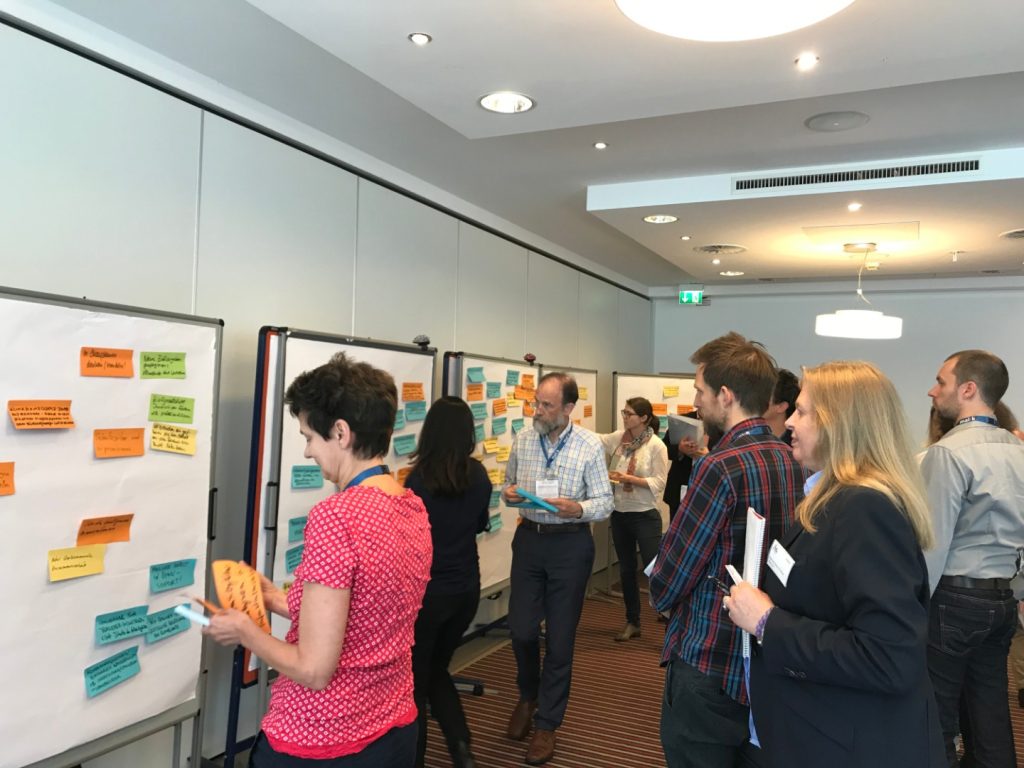
Topics collection session. Source: https://www.morgenstadt.de/en/projekte/smart_city/smartilience/syntegration.html
Designing with Beauty, Sustainability, and Inclusion
The New European Bauhaus (NEB) principles, beautiful, sustainable, inclusive, often sound aspirational in theory, but Dr. Haris Piplas is determined to make them tangible in practice. Through the NEB LAB and the community-led NEB LAN network “Towards Sustainable and Inclusive Neighbourhoods” his work translates these values into real projects, real neighborhoods, and real impacts. With partners like BABLE Smart Cities and ICLEI Europe, the initiative goes beyond visioning: it supports planning, feasibility studies, funding strategies, and even on-site construction. The projects are holistic, merging ecological priorities with social inclusion and economic viability. By embedding these three NEB pillars into every layer of development, from concept to implementation, Piplas’s approach ensures that urban transformation isn’t just functional or efficient, but also meaningful, human-scaled, and deeply rooted in the communities it serves.
Data-Driven and Gender-Inclusive Urbanism
In India’s rapidly urbanizing landscape, Dr. Haris Piplas and his team brought a human-centered approach to one of the world’s most ambitious smart city programs. Through GIZ’s “Sustainable Urban Development – Smart Cities II” programme, particularly through our involvement in the Urban Labs in India, such as in Guwahati, Bubaneshwar, Hyderabad, Kochi and other cities, became experimental grounds for a new kind of planning, one that fuses data-driven insights with inclusive design. Using multi-stakeholder design thinking, the labs integrated climate resilience and green infrastructure into local planning strategies while also embedding gender balance at the core of governance models. The outcome wasn’t just technical reports, it was a guidebook, a transferable framework for cities globally. For Piplas, smart cities are not about tech alone. They’re about who gets to design, who benefits, and how equity is embedded in every step of the process.
Reconstruction as Reimagination
In post-war Ukraine, urban reconstruction is not just about rebuilding what was lost—it’s about reimagining what could be. Dr. Haris Piplas brings both technical expertise and deep empathy to this task, helping shape long-term urban visions that center resilience, inclusivity, and identity. Drawing on his earlier experience in Sarajevo, he advises the National Union of Architects on recovery strategies that avoid the pitfalls of rushed post-conflict development. Through his advisory role with the National Union of Architects and the Baukultur Alliance for Ukraine (co-chaired with Lidiia Chyzhevska), Piplas emphasizes avoiding the mistakes of past post-conflict recoveries, where speed overtook quality, resulting in car-centric, fragmented, and soulless environments. Instead, projects like the comprehensive recovery and tested it in the Municipacity of Makariv in the Bucha region show how a cross-sectoral approach, linking local stakeholders with global best practices, can foster healing through design. His work with UN-Habitat and the Swiss Federal Office of Culture ensures that Baukultur principles, quality in the built environment, guide every step of Ukraine’s urban rebirth. Here, architecture becomes not just a physical act, but a cultural and political one.
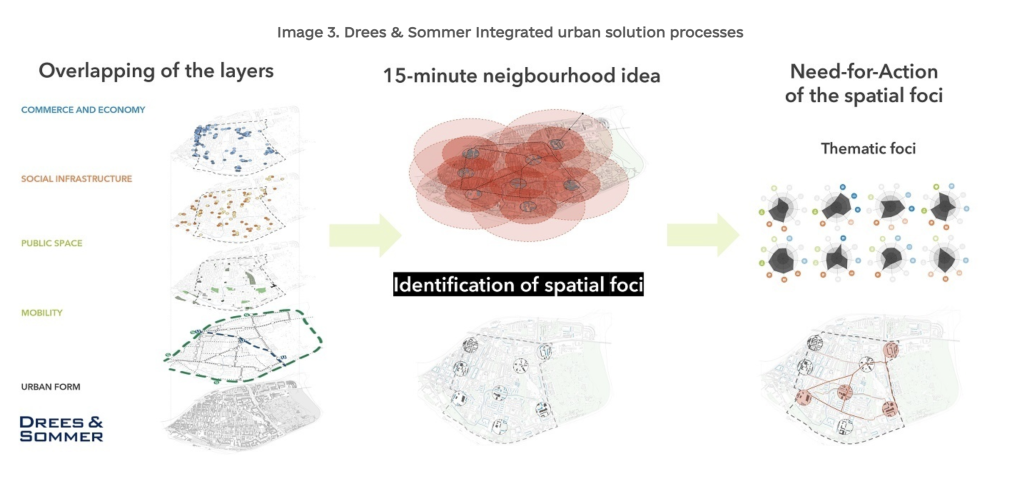
Drees & Sommer Integrated Urban Solution Processes. Source: DREES & SOMMER
Crossing Borders Through Knowledge
Urban transformation doesn’t happen in a vacuum, it happens through learning, translating, and connecting. In his publications Global Urban Toolbox and the City Action Lab, Dr. Haris Piplas invites readers into a shared archive of urban knowledge that spans continents and ideologies. The Toolbox distills experiences from over 30 cities, including Beijing, São Paulo, and Berlin, into actionable tools for understanding complex ecological, economic, and social conditions. Meanwhile, City Action Lab addresses one of Europe’s great blind spots: the insufficient dialogue between Western Europe and the post-socialist urban contexts of Central and Eastern Europe. From Sarajevo to Skopje, Piplas explores how large-scale housing estates and derelict industrial zones can be reborn as collaborative and productive urban quarters. Both publications argue for a shift from stereotype-driven thinking to content-driven exchange. With nomadic exhibitions, urban labs, and even a Venice Biennale pavilion, these books become more than texts, they are evolving platforms for peer learning across borders, disciplines, and generations.
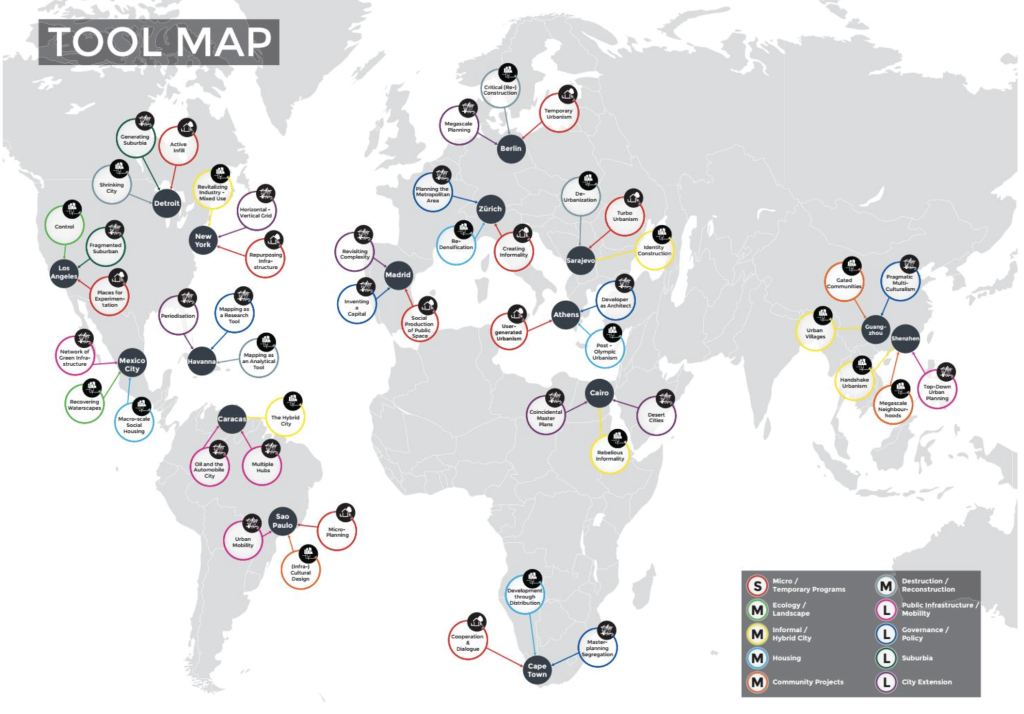
Tool Map from Global Urban Toolbox Source: Global Urban Toolbox
Cultural Complexity as Creative Catalyst
In Dr. Haris Piplas’s work, cultural difference is not a barrier, it’s a source of design intelligence. From the EU Horizon Commit2Green Project to collaborations with ICLEI and the Resilient Cities Network, he has seen firsthand how divergent understandings of sustainability, public space, and participation shape urban transformation. Some cities embrace co-creation eagerly; others require patient trust-building and institutional support. But instead of defaulting to top-down templates, Piplas’s teams lean into deep contextual understanding, deploying co-design methodologies that allow local voices to guide the process. Peer learning between cities becomes a tool for mutual growth, not replication, but adaptation. By acknowledging socio-political legacies and institutional realities, his approach ensures that sustainability goals are translated into culturally resonant urban practices. The outcome? More grounded, more inclusive, and ultimately more durable solutions that grow from the inside out.
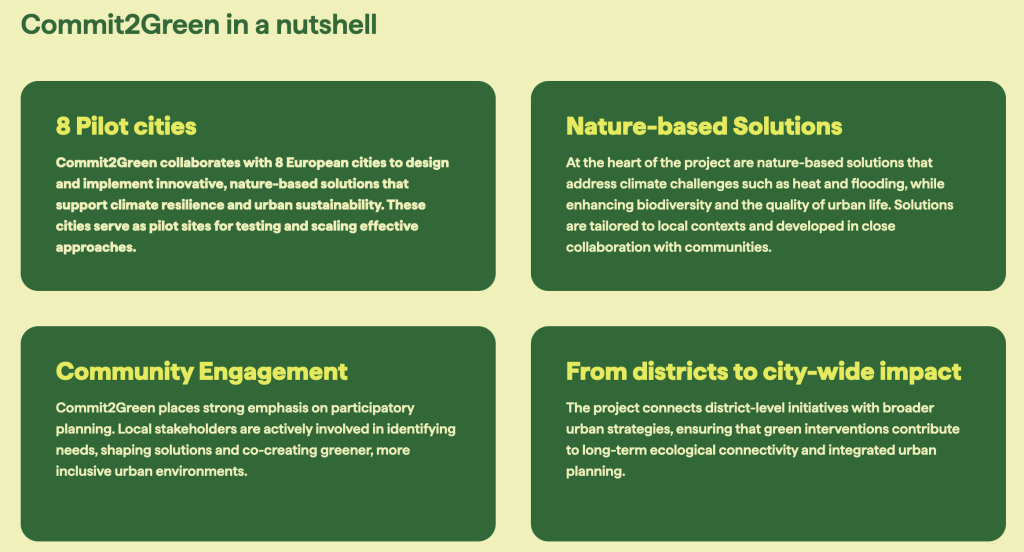
Source: https://commit2green.eu/
From Drawing Machines to Systemic Facilitators
As cities confront mounting ecological and social pressures, Dr. Haris Piplas sees the future of urbanism not only in technology, but in rethinking the role of the human. While tools like AI-driven planning, digital twins, and sensor-enabled infrastructure will help cities anticipate and manage complexity, their true value lies in what they free us to do: focus on creativity, dialogue, and long-term strategy. For Piplas, this marks a necessary shift away from rigid master plans and toward adaptive, participatory planning ecosystems. Architects and urbanists must no longer act as mere executors under tight deadlines, but as facilitators of systemic change, linking climate action, equity, and innovation. In this new paradigm, machines are not threats but assistants, and the goal is not only to build smarter cities, but resilient, inclusive, and co-created urban futures. Planning itself must evolve, open-ended, embedded, and continuously informed by both global knowledge and local meaning.

